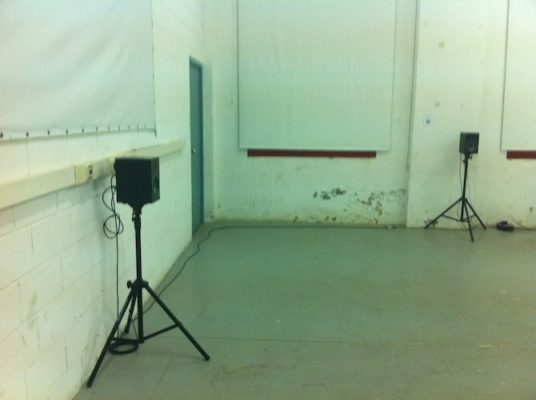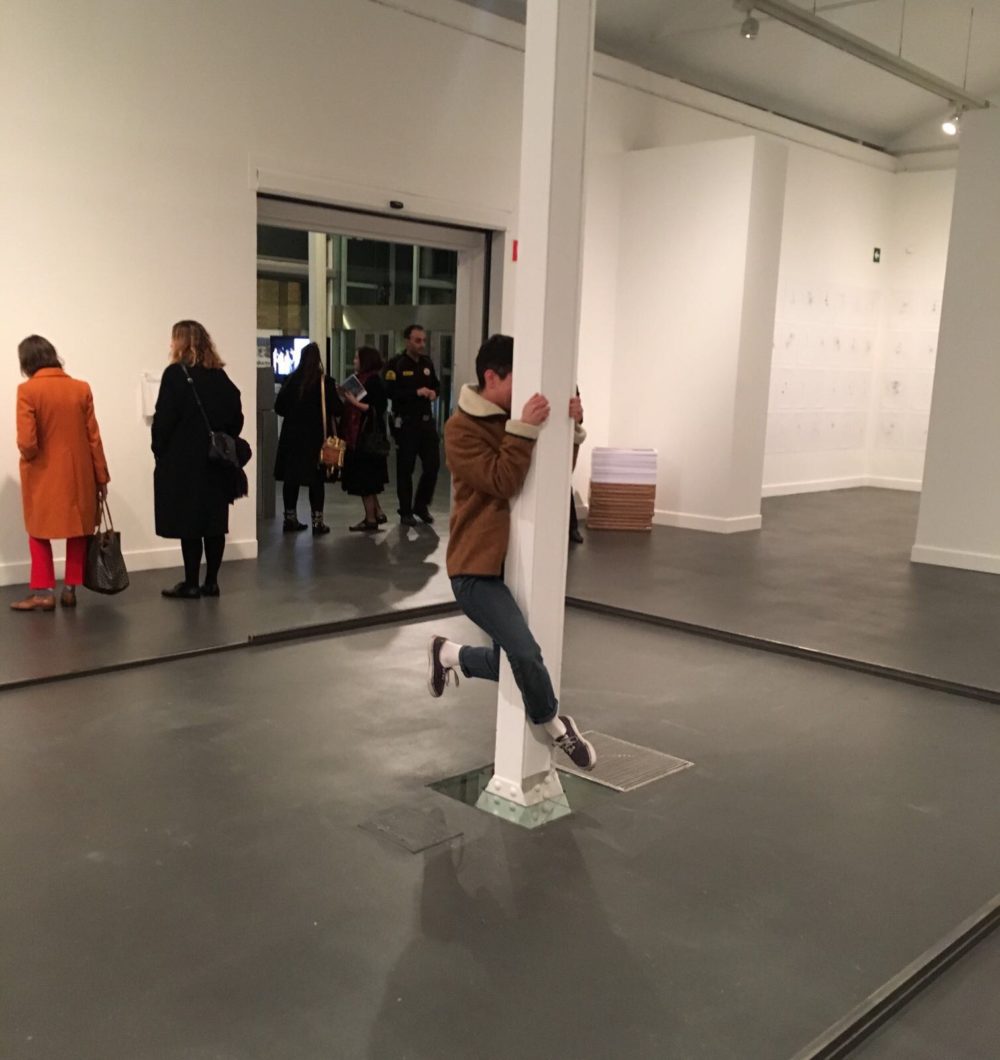Search
To search for an exact match, type the word or phrase you want in quotation marks.
A*DESK has been offering since 2002 contents about criticism and contemporary art. A*DESK has become consolidated thanks to all those who have believed in the project, all those who have followed us, debating, participating and collaborating. Many people have collaborated with A*DESK, and continue to do so. Their efforts, knowledge and belief in the project are what make it grow internationally. At A*DESK we have also generated work for over one hundred professionals in culture, from small collaborations with reviews and classes, to more prolonged and intense collaborations.
At A*DESK we believe in the need for free and universal access to culture and knowledge. We want to carry on being independent, remaining open to more ideas and opinions. If you believe in A*DESK, we need your backing to be able to continue. You can now participate in the project by supporting it. You can choose how much you want to contribute to the project.
You can decide how much you want to bring to the project.

There was a time when sound was presented (or to be more precise, some presented it, a few, perhaps enough, or at least sufficient to create a trend) in response to and as a spur against a form of culture, artistic practices included, dominated by the hegemony of sight. It’s not just by chance that sight still continues to be the sense privileged by a greater part of human (aesthetic) experience. With visibility, betwixt a maxim and an exigency, becoming a sort of slick despotism.
Those were the times, towards the end of the nineties and beginning of the 21st century, of diverse and pertinent conceptual recoveries of a legitimizing past that granted a sense of reflection to a whole wave of artistic practices that made sound their prime material. There was talk (or rather a rereading) of Luigi Russolo and his “Manifesto dei rumori”; the once heterodox movement Fluxus was quoted (or rather recuperated); dj culture was celebrated (or rather considered) as a new mirror in which to gaze, in the hoping of divining with ones eyes but also with one’s ears a new story with which to identify oneself. Those were the times of the exaltation of the old converted into the new. Of the present transfigured into a future that never occurred in the way it was thought in the past.
Several years have passed and though sound art seems a somewhat passé category, in decline, –if one thinks of exhibitions like Lost in Sound at the CGAC or Proceso Sónico at MACBA and at the Centro George Pompidou, remembering with a certain nostalgia festivals like Zèppelin at the CCCB, invoking the lost rebelliousness of techo and other genres of electronic music in texts that no longer move the reader attentive to his hearing- the experience of and experimentation with sound are still being developed within art –and even more within music-. But the praise and ovations, of over a decade ago, are long gone, at least from the general contemporary art scene.
‘11 Canciones para Anita’, the presentation of the final projects of the students of the Master in Sound Art of the University of Barcelona, serves as an example to demonstrate its presence nowadays. Distributed for one day around various spaces in Hangar, in a sort of extended concert, in fractions, 11 Canciones para Anita for some (those spectators on the other side of the mirror, that of the questionably called visual arts) functions as an incursion into a territory, that if not unknown, is somewhat ignored within trends of thought surrounding the artistic experience that prioritize understanding over vision and its possible deviation towards the pomp of the spectacular.
What happens with sound art, when one isn’t a specialist in music or certain technical and technological questions, is one feels as if one is in a continuous present. And as intermittent spectators experiencing the ever so solicited interference, one witnesses a certain reiteration of forms (?), sounds and their experience– tied to the mannerist echo of its beginnings – in different projects by different artists in different places and times. What happens is that it is hard, almost impossible, even by literally closing one’s eyes, to escape the autocracy of sight or knowledge, and one ends up being seduced by works such as ‘You should be dancing‘ by Felipe Vaz, a performance that focusses on the distortion of a cinematic hit, by slowing it down (the choreography of John Travolta accompanied by the music of the Bee Gees). Or by projects that induce an animal alterity, such as ‘A vuelo de pájaro‘ by Mauricio Iregui that constructs the possible sonorous perception of a bird flying over the Ramblas of Barcelona. But what happens is that, wherever it is, what always emerges is the unresolved terminology and operability of an aesthetic label. As what distinguishes a sound performance from a concert (of disputably called) experimental music? Contextual issues and other intellectual dilemmas aside, what we call sound art is capable of generating acoustic stimulation and a certain containment of the ocular intellect. So just as we go to see concerts, we go to see sound art.

artwriter_curator_esnorquelmaker_chocolateresearcher_technodancer__bikeenthusiast_coffeeaddicted_
"A desk is a dangerous place from which to watch the world" (John Le Carré)